Permittivity: Basics And Examples
What is Permittivity?
Permittivity quantifies the effect of an electric field on a dielectric medium and its response. It is important for various materials and solutions.
The Dielectric Constant is a fundamental property that quantifies a material’s capacity to transmit electric fields. It determines the interaction between electric fields and different substances and affects the behaviour of capacitors, insulators and various electronic components.
Types of Permittivity
There are two main types of permittivity:
- Absolute Permittivity (ε): The measure of the dielectric constant in a vacuum.
- Relative Dielectric Constant (εr): The ratio of a material’s dielectric constant to that of a vacuum.
This understanding assists in the development and selection of materials for specific electrical applications.
Significance in Materials Science
The dielectric constant is relevant in materials science for:
- Design of Capacitors: Materials with a higher dielectric constant enable greater energy storage.
- Insulation: Materials with a lower dielectric constant are used to limit unwanted interactions with electric fields.
- Electronics: The dielectric constant affects the performance of various electronic components, including transistors and semiconductors.
The Dielectric Constant of Common Materials and Solutions
The Dielectric Constant in Everyday Materials
Different materials exhibit varying dielectric constants, which affects their suitability for particular applications. The following table provides an overview of the dielectric constant of some common materials:
|
Material |
Relative Dielectric Constant (εr) |
|
Vacuum |
1 |
|
Air |
~1.0006 |
|
Water |
~80 |
|
Glass |
~4-10 |
|
Aluminium Oxide |
~9-10 |
|
~2.25 |
|
|
Silicon Dioxide |
~3.9 |
|
Teflon |
~2.1 |
|
Rubber |
~2-5 |
|
Concrete |
~4-10 |
Additional information is available at Stanford Advanced Materials (SAM).
Permittivity in Solutions
Solutions, particularly electrolyte solutions, possess a dielectric constant that significantly impacts their electrical characteristics. The dielectric constant of water-based solutions generally ranges between 60 and 80, depending on ion concentration and temperature. Higher ion concentrations typically result in a lower dielectric constant, given that conductivity increases.
|
Solution Type |
Relative Dielectric Constant (εr) |
|
Pure Water |
~80 |
|
Salt Water (high salt content) |
~60 |
|
Sugar Solution |
~70 |
|
Alcoholic Solution |
~25 |
|
Acidic Solution |
~65 |
Factors Influencing the Dielectric Constant
Several factors affect a material’s or solution’s dielectric constant:
- Frequency of the Electric Field: The dielectric constant may vary with frequency, particularly in dielectric materials.
- Temperature: Increased temperature can alter molecular polarisation and thereby affect permittivity.
- Material Composition: The molecular structure and bonding within a material determine its capacity to polarise in an electric field.
Applications of Permittivity
The understanding of permittivity is important for various applications:
- Telecommunications: Permittivity affects signal transmission through different media.
- Medical Devices: Capacitive sensors rely on changes in permittivity to detect biological signals.
- Energy Storage: Batteries and supercapacitors utilise materials with a specific dielectric constant to meet performance criteria.
Frequently Asked Questions
What is the dielectric constant and why is it important?
The dielectric constant measures a material’s capacity to permit electric field lines. It underpins the development of electronic components and the understanding of the interaction between materials and electric fields.
How does permittivity differ from permeability?
The dielectric constant pertains to electric fields, whereas permeability relates to magnetic fields. Both properties are essential for describing the electromagnetic characteristics of materials.
Can the dielectric constant be negative?
Under specific conditions, such as in metamaterials, the dielectric constant can assume negative values, which results in unusual electromagnetic behaviour.
How is the dielectric constant measured?
Capacitance measurements are typically employed to quantify a material’s reaction to an electric field.
Does temperature affect the dielectric constant?
Yes, temperature variations influence the dielectric constant by altering the molecular structure and polarisation properties of a material.

 Bars
Bars
 Beads & Spheres
Beads & Spheres
 Bolts & Nuts
Bolts & Nuts
 Crucibles
Crucibles
 Discs
Discs
 Fibers & Fabrics
Fibers & Fabrics
 Films
Films
 Flake
Flake
 Foams
Foams
 Foil
Foil
 Granules
Granules
 Honeycombs
Honeycombs
 Ink
Ink
 Laminate
Laminate
 Lumps
Lumps
 Meshes
Meshes
 Metallised Film
Metallised Film
 Plate
Plate
 Powders
Powders
 Rod
Rod
 Sheets
Sheets
 Single Crystals
Single Crystals
 Sputtering Target
Sputtering Target
 Tubes
Tubes
 Washer
Washer
 Wires
Wires
 Converters & Calculators
Converters & Calculators
 Write for Us
Write for Us
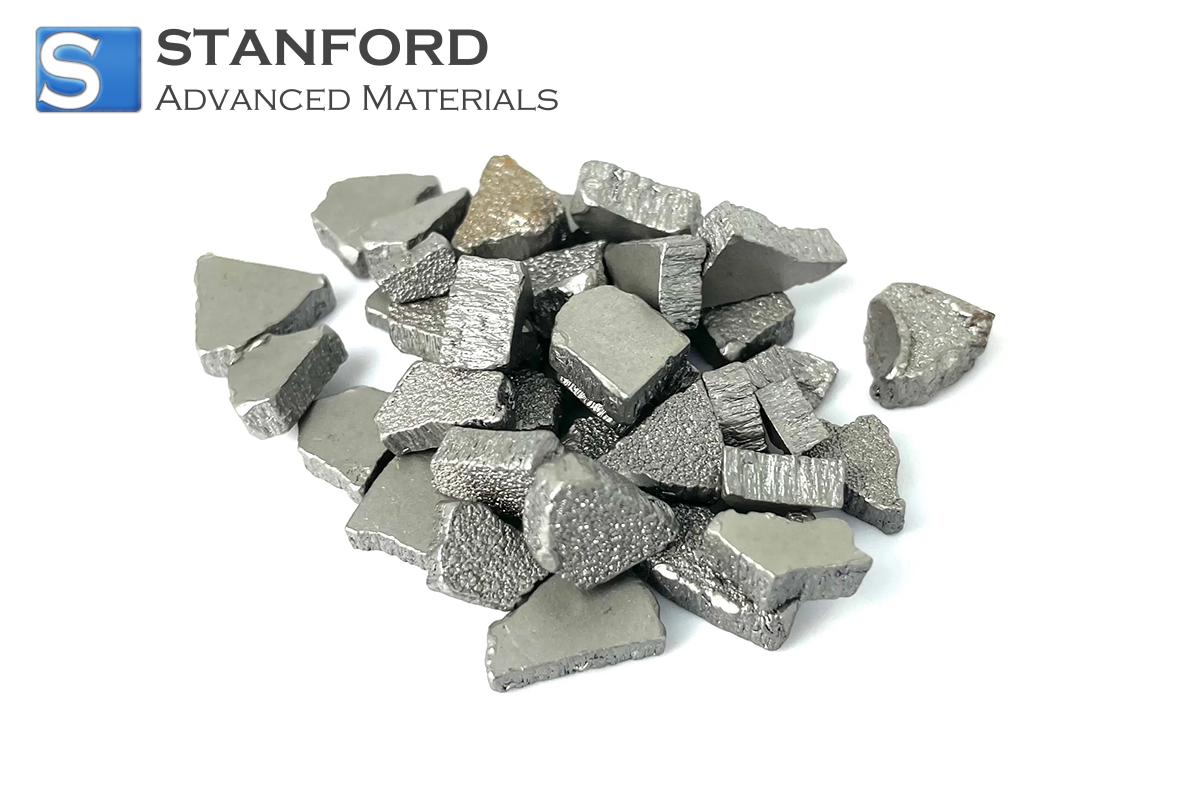
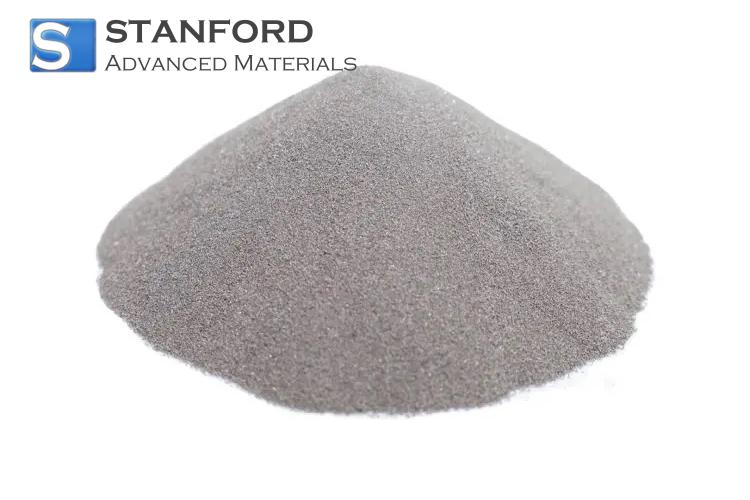
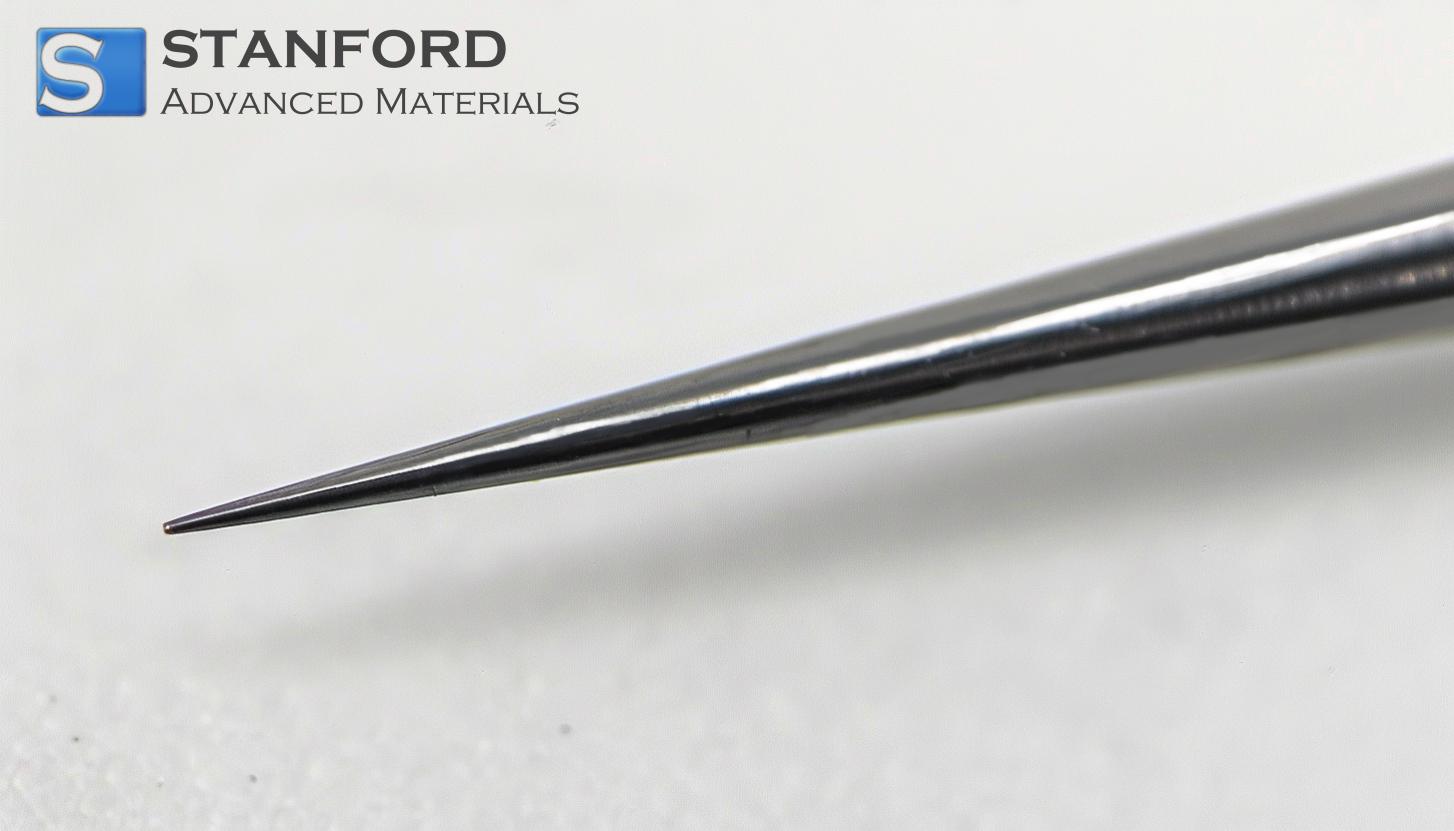
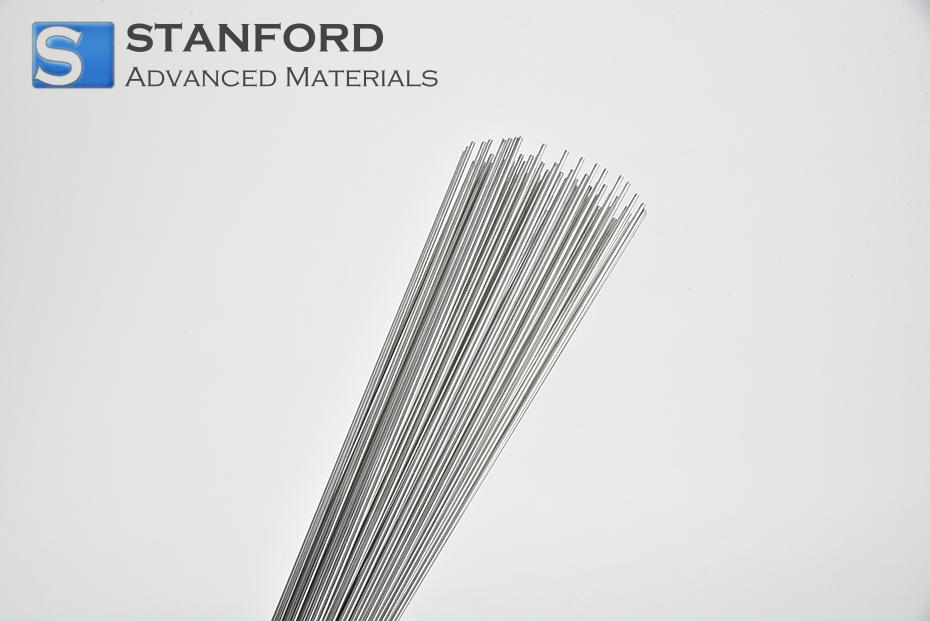
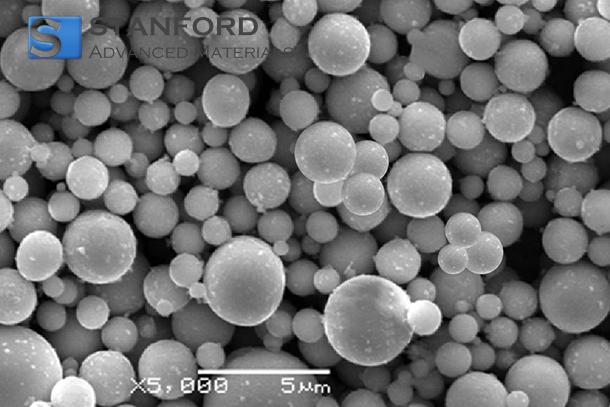
 Chin Trento
Chin Trento



